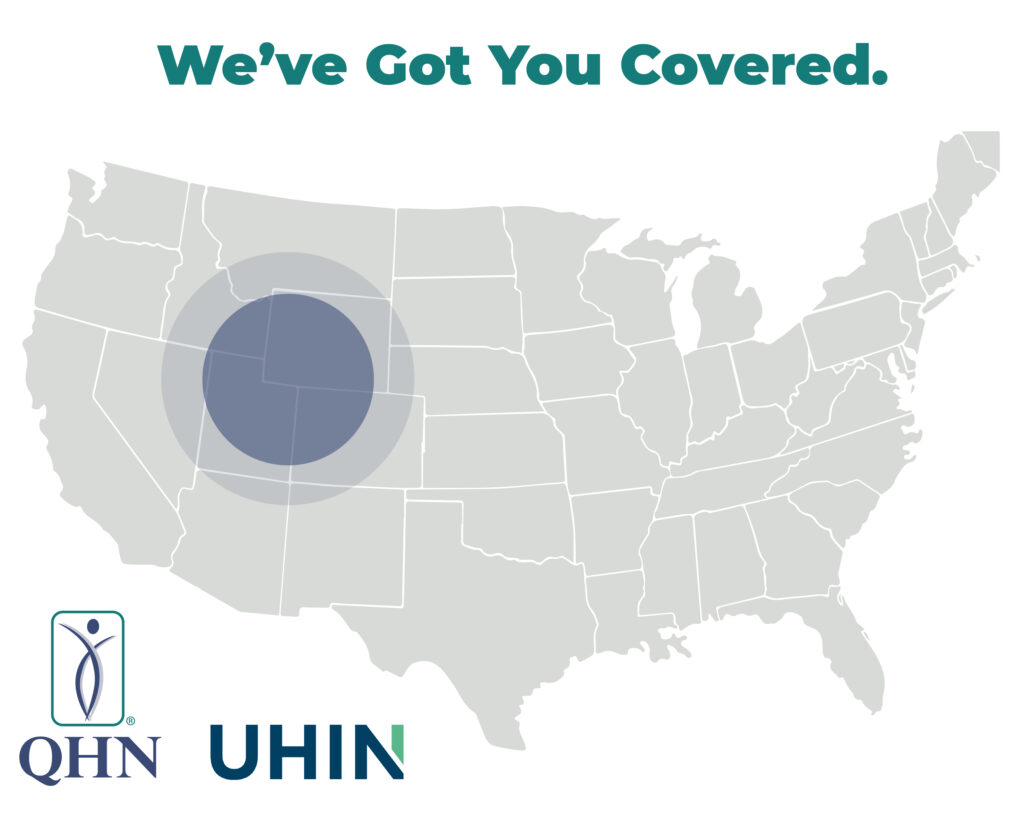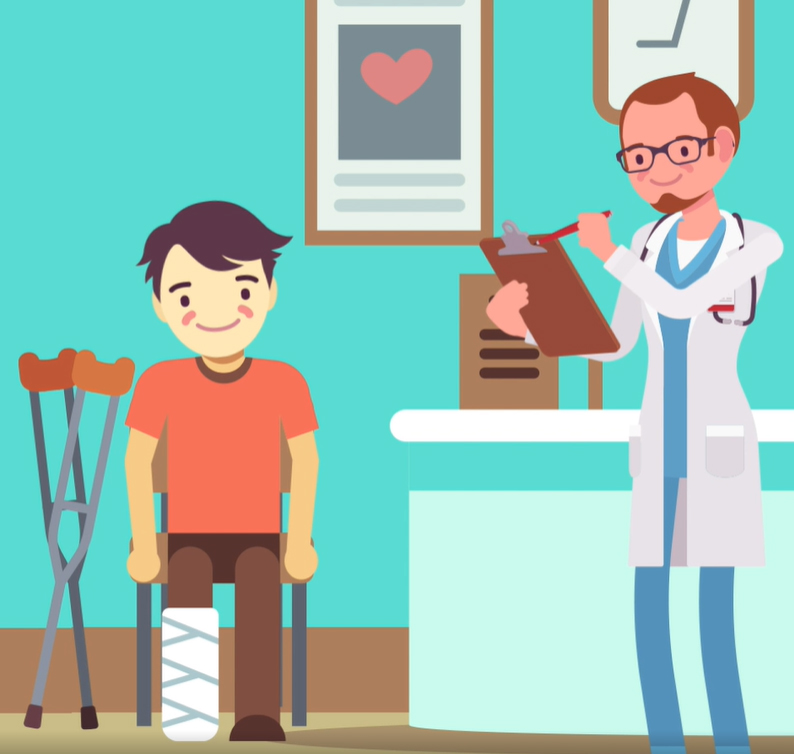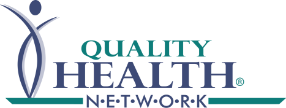
Western Colorado’s Quality Health Network (QHN) and the Utah Health Information Network (UHIN) are pleased to announce that we have now linked our two health information exchanges more tightly together to improve patient outcomes, improve efficiencies, and help reduce costs. The coverage areas of the two organizations include many parts of Colorado, Idaho, Montana, Nevada, Utah and Wyoming and includes more than 100 hospitals and thousands of providers. The new real-time delivery of data between the two health information exchanges allows for clinical event data to be automatically delivered to the electronic health record (EHR) systems of providers who have a treating relationship with the patient and have subscribed to the services. The information will also be made available via query for authorized providers who may have a treating relationship with the patient in the future.
The ongoing patient data exchange between UHIN and QHN is initially triggered when a patient visits any of the Provider Participants of either QHN or UHIN. The health data delivered includes but is not limited to admission and discharge information, diagnostic laboratory and radiology results as well as care episode documentation from Emergency Room, Surgeries, as well as other Procedural Reports.
While both QHN and UHIN have been exchanging health data via query/response methods exchange since 2016, the stakeholders of both organizations have long hoped for the automated delivery of clinical data directly into providers’ health record systems. The new exchange modalities make this a reality and have been in production since May of 2021. The results of the exchange is already proving positive for both patients and providers.
Let’s Show You How It Works
Meet Travis. Travis lives in Moab, UT. He has high blood pressure, coronary artery disease, is a bit overweight and a diabetic. He decided to exercise more and loves to bike. He took a hard fall mountain biking in eastern Utah and was sent to Grand Junction, CO for medical care. Before this data exchange enhancement, Travis’s Moab doctors may not have known that Travis got hurt, much less where or how he might have been treated or what follow up care might be required to allow for Travis’s return to mountain biking. With this new exchange modality in place, Travis’ Grand Junction doctor can query QHN for information about Travis’ pre-existing conditions (including information from his Moab primary care, cardiology, and endocrinology providers) and make better decisions about Travis’ immediate care needs.

Travis’ Moab doctors are alerted that Travis’ had an accident and details of the care he received in Grand Junction because that information is delivered automatically into the EHR’s of the Moab doctors. Any follow up care Travis receives from the Moab doctors is copied to the Grand Junction doctor’s EHR for as long as the Grand Junction doctor subscribes to Travis’ information. So both sets of physicians can collaborate on the care of Travis and get him back safely riding as soon as possible.
This is next-level patient centric care collaboration, is automatically triggered by patient care events, with data delivered directly into the EHR’s of treating providers. It means that Travis’s health information automatically follows him wherever he receives care for as long as his providers are subscribed to his information through either through QHN or UHIN. Even without subscription, Travis’ data is still available to treating providers via query/response data exchange between the two health information networks.
The two organizations have a long history of collaboration and this is just one of the many ways we continue to connect people for better health across western Colorado and the intermountain West. We are Better Together.
For more information about this or other health information exchange innovations, please contact QHN’s Community Advisors or [email protected].



